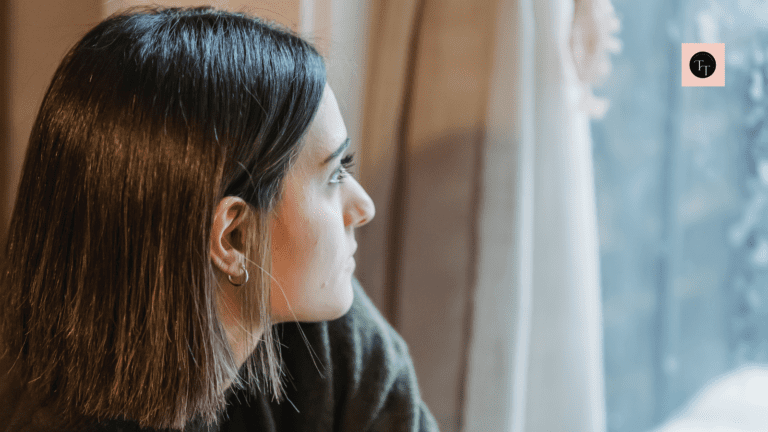Master The Art & Practice of Conscious Awareness
Conscious awareness is about being fully present in the moment. It’s about noticing your thoughts, feelings, and surroundings without judgment.
I spent considerable time in India, especially in Rishikesh. I lived in a serene ashram, on the banks of the holy Ganges River. As I began to get better at meditation, I began to feel a deep sense of peace and harmony.
I realized that being aware of each breath, each sound and each sensation brought me closer to understanding myself and my environment.
This moment of conscious awareness was transformative.
By the way, Consciousness Awakening and Conscious Awareness are sometimes used interchangeably in spiritual and philosophical contexts, but they have subtle differences in meaning and application.
Here, I want to share practical ways to cultivate conscious awareness. I hope I can help you feel more connected to yourself.
Understanding Conscious Awareness
Conscious awareness is simply being fully present and aware of your thoughts, feelings, and surroundings. It’s about noticing what’s happening inside and around you without judgment.
Awareness can be at several levels:
Peripheral Awareness
Peripheral awareness is the background processing of information by your brain.
For example, you might be aware that it’s cold outside without actively thinking about it. It’s like having a mental radar that picks up on things without you focusing on them.
Sensory Awareness
Sensory awareness involves reacting to stimuli. This is the awareness of what you see, hear, touch, taste, and smell.
For instance, you might shiver when you feel the cold breeze on your skin. It’s about being in tune with your senses.
Self-Awareness
Self-awareness is a deeper level of awareness. It’s about being aware of your thoughts, emotions, and interactions with the world.
It helps you understand yourself better and how you relate to others. It’s like holding up a mirror to your inner self.
Benefits of Developing Conscious Awareness
Developing conscious awareness helps you stay present and mindful, reducing stress and anxiety. It can improve your relationships by making you more empathetic and understanding.
It also enhances your overall well-being by helping you connect with yourself and the world around you. By being more aware, you can make better choices and live a more fulfilling life.
“Awareness is the greatest agent for change.” – Eckhart Tolle
Practicing Conscious Awareness
Contrary to expectation, conscious awareness does not happen by itself. It needs to be practiced, and an effort must be made.
There are many practical steps to cultivate conscious awareness. Each takes you that much closer to tranquility, peace, and happiness.
I am explaining just a few of them.
Daily Reflection
An easy yet powerful way to reflect on your thoughts and feelings is to write them down in a journal. A journal is not the same as a diary.
A diary is typically a chronological listing of what you did during the day. A journal is a listing of thoughts and feelings that cross your mind.
Each day, take a few minutes to write about your experiences, emotions, and any insights you gained. This practice helps you become more aware of your inner world and can provide valuable insights into your patterns and behaviors.
It’s a simple yet powerful tool for self-discovery.
“The unexamined life is not worth living.” – Socrates
Mindfulness
Mindfulness is about being fully present in the moment. You can practice mindfulness in everyday activities like eating, walking, or even washing dishes.
Focus on the sensations, smells, and sounds around you. By paying attention to the present moment without judgment, you can reduce stress and increase your overall sense of well-being.
Body Scan Meditation
Body scan meditation is a practice that increases bodily awareness.
Lie down or sit comfortably and close your eyes. Start by focusing on your toes and gradually move your attention up through your body, noticing any sensations or tension.
Take your time with each body part, breathing deeply and releasing any tension you find. This practice helps you connect with your body and promotes relaxation.
Practicing body scan meditation, in bed before sleeping is likely to result in a more restful sleep.
Breathing Meditation
Breathing meditation is a technique that brings awareness to life itself. The objective of breathing meditation is to avoid following a recommended breathing pattern. (That is pranayama.)
In breathing meditation, you try to bring conscious awareness to each breath. Feel it as you inhale, sense it as you exhale, and be aware of the breath throughout its journey, from nostrils to lungs and back.
Vipassana Meditation uses breath as the anchor to develop conscious awareness.
Focus on the sensation of the breath entering and leaving your body. While this practice can be done anytime, anywhere, to get the true benefit you must dedicate time and a quiet place for breathing meditation.
By understanding and practicing conscious awareness, you can find more peace, joy, and fulfillment in your daily life.
Overcoming Challenges
Practicing conscious awareness is certainly not easy. Distractions, stress, and daily routines usually get in the way.
Persistence and discipline are the keys to success. Set aside time each day for mindfulness practices, and use reminders to stay present.
When I struggled, I found that being patient with myself and starting small helped. Remember, it’s a journey, not a destination. Keep practicing, and you’ll see progress over time.
In Conclusion
Conscious awareness is a journey that unfolds with practice and patience. By embracing mindfulness, reflection, and meditation, you can experience greater peace and fulfillment. Start small, stay persistent, and remember—each moment of awareness brings you closer to understanding yourself and the world around you.






